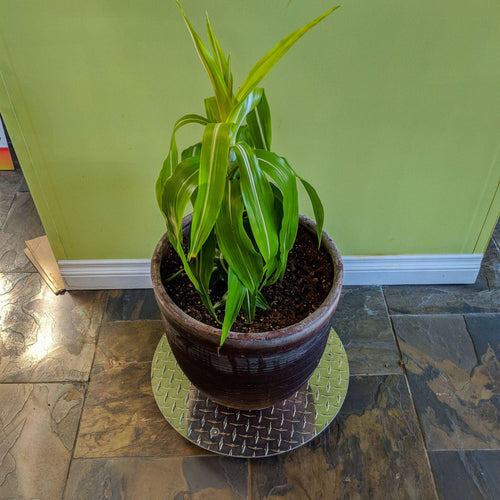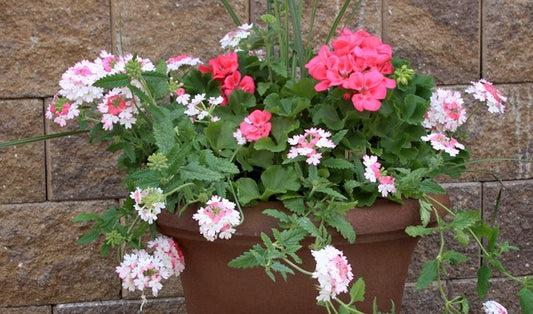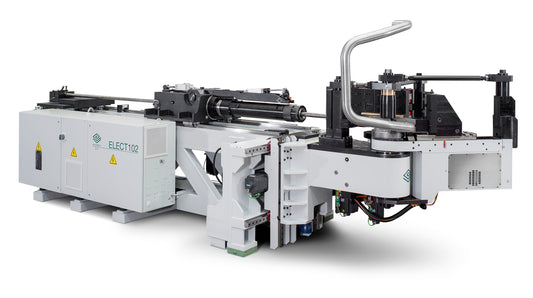Most people think of growing flowering ornamentals, herbs, or vegetables in containers or container gardens without considering the bigger possibilities -- growing trees in containers! While there are some challenges with the practice of growing trees in containers it offers many advantages.
Why would you want to grow trees in containers?
Not everybody has the need, or want, to use containers to grow trees but in certain circumstances, it provides a great alternative for people who may not grow trees otherwise.
People living in apartments or high-rise buildings in urban areas may not have a yard to plant trees in, but they often have patios where they can put containers.
Those that frequently move due to work, or other personal circumstances. Instead of constantly having to leave trees behind, containers can move with them.
Homeowners who want to create shade or a privacy barrier for areas such as a pool or patio that doesn’t have soil to plant trees in.
A desired type of tree isn’t suited for your growing zone, especially the local winter climate.
Pros and Cons of Growing Trees in Containers
While using containers for trees has the following great advantages, there are also some drawbacks to the practice.
Advantages
Disadvantages
Along with the advantages of using containers to grow trees, there are also some drawbacks that need to be considered before you start your project.
The price tag on trees is considerably higher than other plants, and the large pots and a greater amount of potting soil needed to fill containers all add up to make growing trees in containers a fairly expensive endeavor.
Potted containers are heavy and cumbersome to move. If you’re planting in containers to grow specimens unsuited for your growing zone, use heavy duty rolling plant caddies to save your back and easily move containers to a protected spot when the weather turns.
When trees are planted in the ground, the surrounding soil acts as an insulator, protecting the root system from temperature extremes. Container grown plants - trees included - are more vulnerable to cold and heat without this extra insulation.
Unlike growing annuals or vegetable plants in containers, growing trees is a much more long term project. Depending on the variety of trees chosen, they can live twenty, thirty, or even more than fifty years. This is a more serious commitment than tomatoes or petunias.
Tips for Growing Trees in Containers
To get the best growth from your trees, follow some basic growing tips:
- Choose containers that allow room for your tree to grow. If you live in a cold climate where your trees will be left outside during adverse winter conditions look for options that are frost resistant.
- Avoid terra cotta that may crack if frozen; wood, metal, and fiberglass are good options.
- Make sure containers have good drainage. They should have a one-inch hole approximately every six inches on the bottom of the pot.
- Do not use regular gardening soil to fill containers. Purchase (or make your own) potting soil from a local or online retailer. To increase its ability to drain well, add in extra compost or perlite before filling containers.
- Wait to water your trees until the top one to inches of potting soil are dry, then water until the excess runs out the drainage holes in the bottom. This ensures the potting soil is saturated.
- Every four to six weeks, apply a tree-specific, liquid fertilizer according to the label directions. Liquid fertilizers are easiest to mix and can be applied when trees are watered.
- If you live in an area with harsh winters, protect your containers if you are leaving them outside, or bring into a protected space such as a garage or basement.
- Update or refresh the potting soil every couple of years to reintroduce organic material, nutrients, etc. Over time potting soil breaks down making it less effective for plants.
- Prune trees during the winter season when the tree isn’t actively growing. Look online or talk to someone at a local garden center for pruning directions geared towards the tree(s) you are growing.
Trees that Grow Well in Containers
If you are looking for trees that do well in containers, there are a handful that are recommended. These specimens adapt well to the specific conditions and flourish when taken care of appropriately.
- Citrus
- Conifers
- Olive
- Japanese Maple
- Southern magnolia
- Sweet Bay
- Serviceberry
- Crape myrtle
- Dwarf varieties of your favorite trees
Conclusion
Growing trees in containers is a brilliant alternative for people that don’t have a yard to landscape, those that move frequently, and homeowners that want to add shade or privacy to a non-plantable space. With some basic care and attention, container grown trees can thrive.





